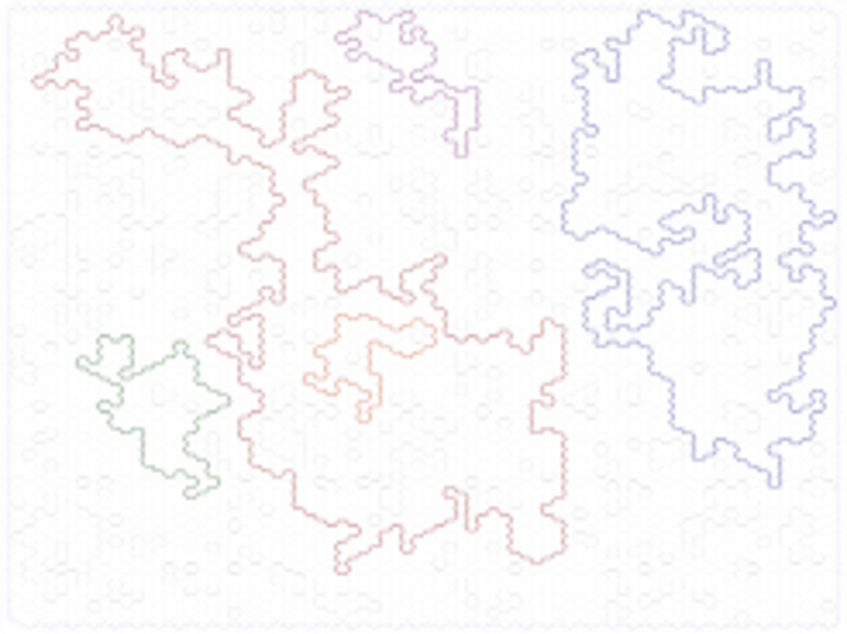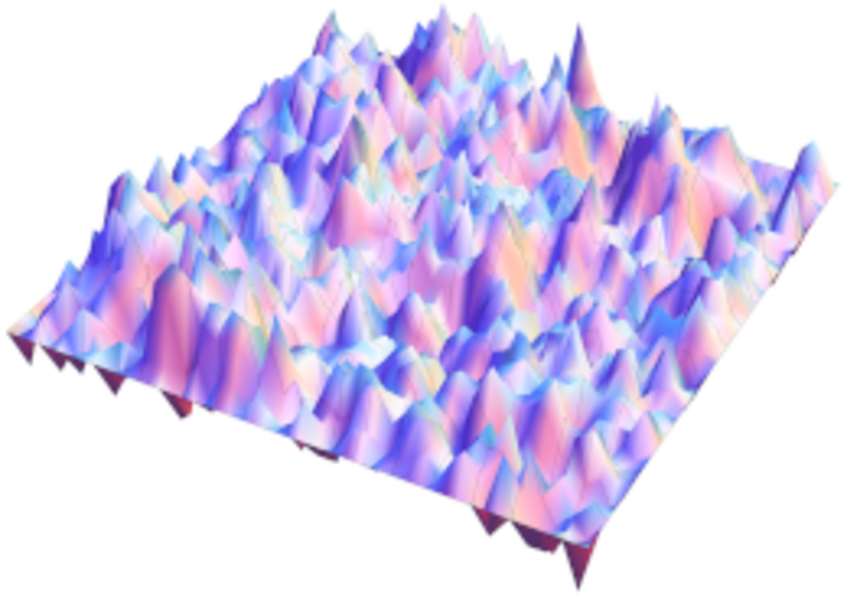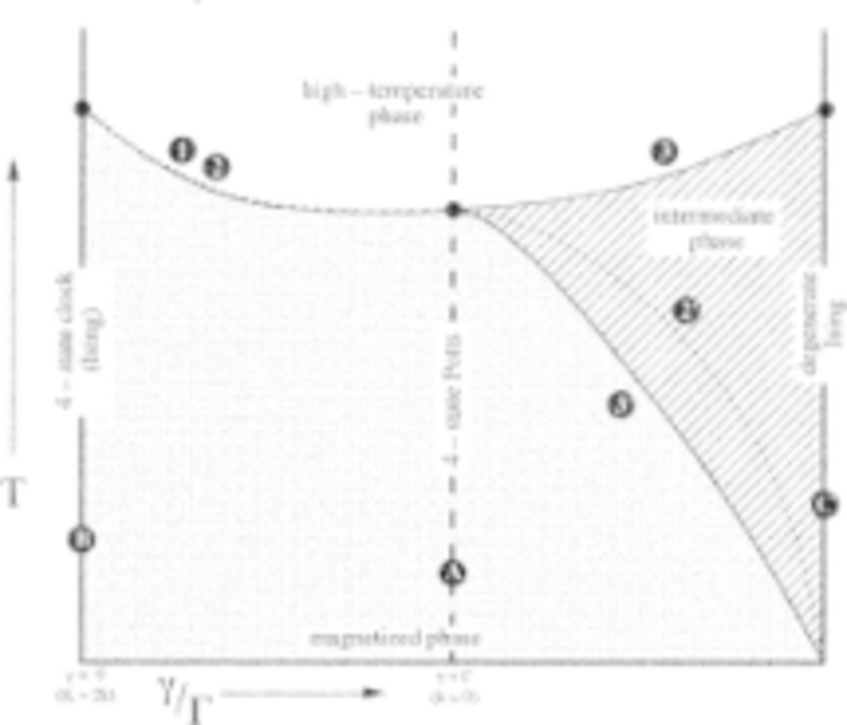Project abstract
This project aims to establish key aspects of order-disorder phase transitions in two-dimensional lattice models of statistical mechanics.
Phase transitions are natural phenomena in which a small change in an external parameter, like temperature or pressure, causes a dramatic change in the qualitative structure of the object. To study this, many scientists (such as Nobel laureates Pauling and Flory) proposed the abstract framework of lattice models: the material was modelled as a collection of particles on a regular lattice, interacting only with their nearest neighbours. In spite of the simplistic nature of this assumption, lattice models have proven to be a rich laboratory for the mathematical study of phase transitions.
In dimension two, planar duality has proven to be a powerful tool in establishing and describing phase transitions. It is natural to sample the model on finer and finer lattice approximations to a given domain. Viewing it as domain on the complex plane, it was conjectured that, at the critical point, the limit exists and is invariant under a large group of transformations, including rescaling and rotations. The conjectural limit for interfaces in this case can be described precisely and is given by the Schramm—Loewner Evolution. At first-order (discontinuous) phase transitions, the interface is expected to converge to the Brownian bridge.
The project considers several classical models of statistical mechanics, and the main goals can be described using a one-parameter family of loop models as an example. For certain parameters these models exhibit a phase transition from logarithmically small to macroscopic loops. A special interest is in conjectured fractal behaviour of the macroscopic loops and in a topological phase transition of the seminal Berezinskii—Kosterlitz—Thouless type. For other parameters there is a transition from a dilute to a dense system of small loops.
In the recent years, there has been an amazing progress in the study of models in which different parts of the configuration are positively correlated. This property is among the main tools that the project aims to use and develop further. Other crucial tools include precise equations on the probabilities of certain events, obtained using Yang-Baxter transformation and discrete-holomorphic observables.
Important dates
The project started on August 1st, 2021.



